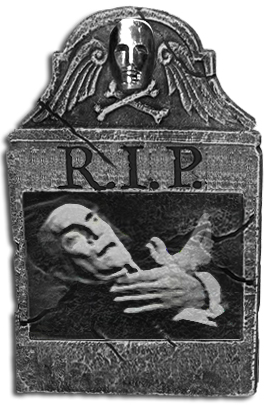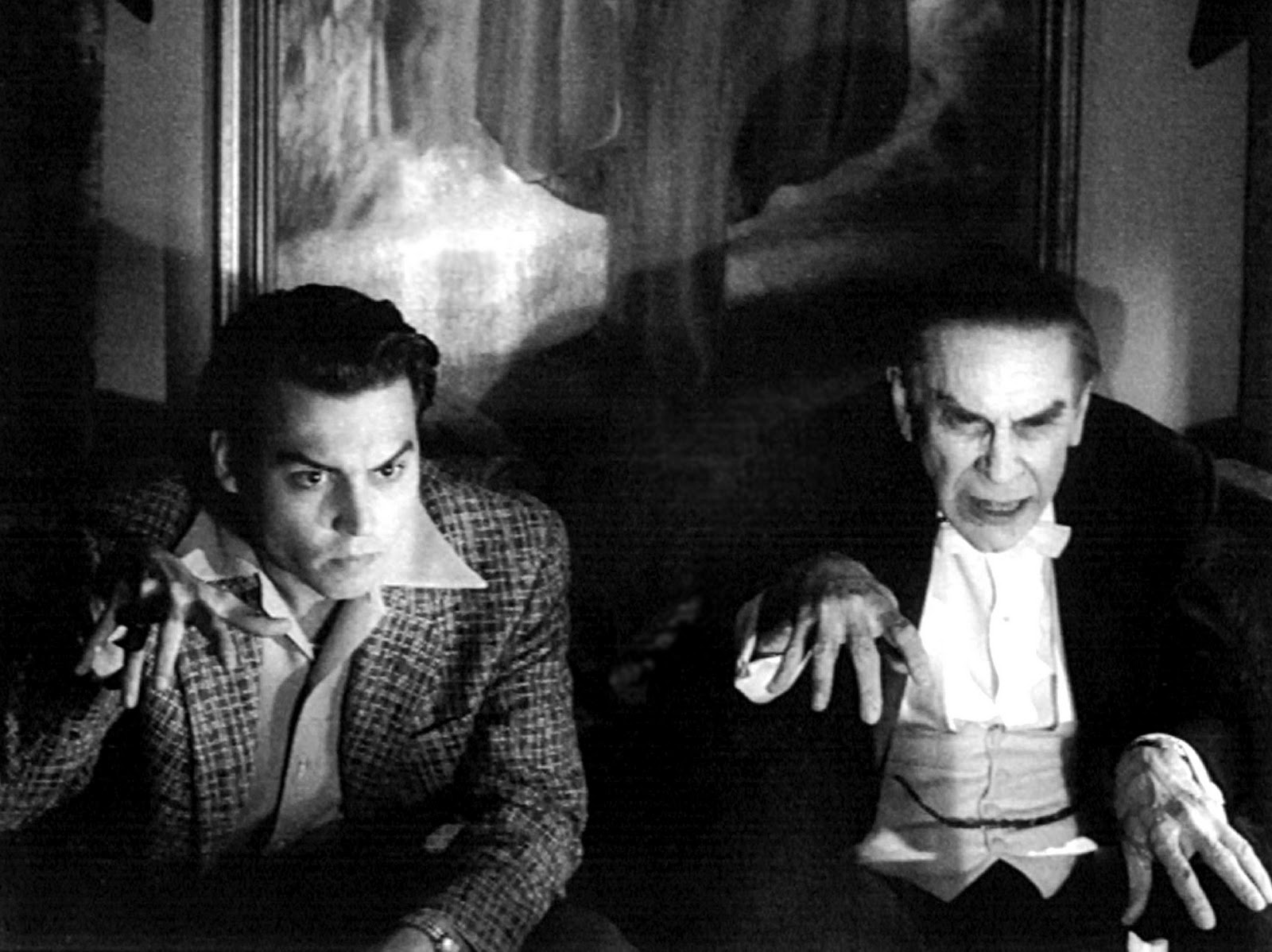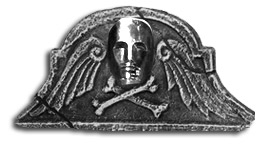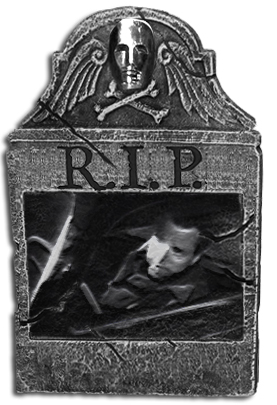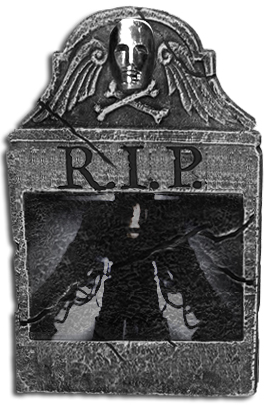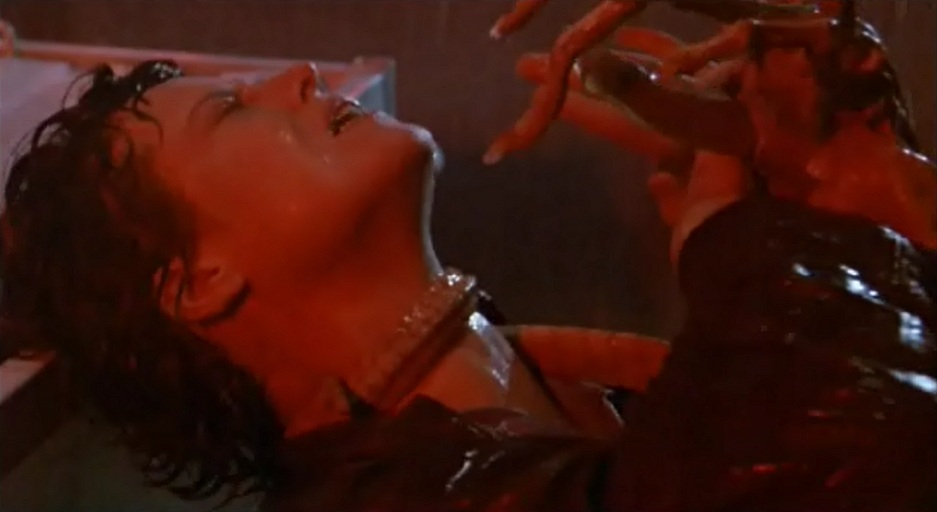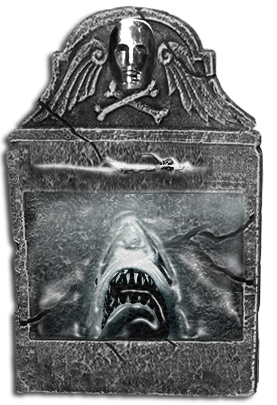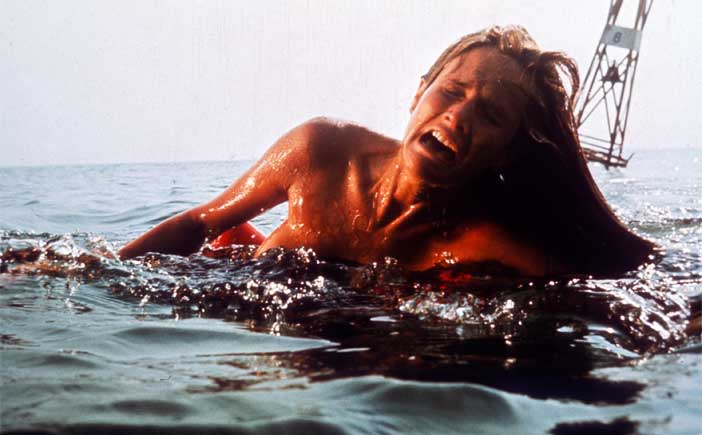Oscar Horrors: Drew's Great Aunt Ethel
 Sunday, October 28, 2012 at 8:59PM
Sunday, October 28, 2012 at 8:59PM 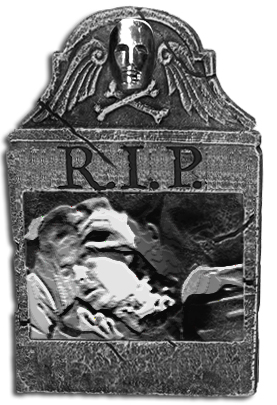 Here Lies... "Mrs. Warren" the bedridden matriarch of a Victorian mansion that's haunted by a serial killer.
Here Lies... "Mrs. Warren" the bedridden matriarch of a Victorian mansion that's haunted by a serial killer.
Hasn't Team Experience been doing a great job with the Oscar Horrors series? I figured, after passing out all these assignments, that it was time I chimed in, so I filled in one of my own Supporting Actress viewing gaps with Ethel Barrymore's Oscar nominated work in The Spiral Staircase (1945). This black and white horror flick, an early member of the neverending serial killer subgenre, is set almost entirely in an old mansion where our mute protagonist Helen (Dorothy McGuire of Gentleman's Agreement fame) works. It's not at all clear what her job is since she's neither nurse nor maid nor cook, those duties being performed with "hey, I'm in this movie, too!" gusto by How Green Was My Valley mama Sara Allgood and the Bride of Frankenstein herself, Elsa Lanchester.
We first meet "Mrs. Warren" twenty minutes into the picture. Nurse Barker (Allgood) warns Helen that their boss is in a mood...
She's sly, too. Even with her eyes closed she seems to be watching you like an evil spirit."
...but the nurse's warning doubles as an impossibly truthful, succinct and funny description of Ethel Barrymore's entire performance. I half imagined Nurse Barker tweeting it with the hashtag #ItsBarrymoreBitch
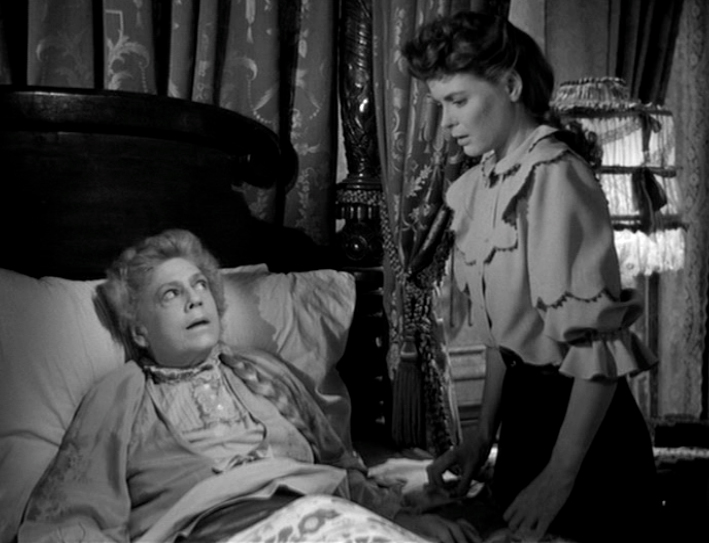 "Do you like scary movies?"
"Do you like scary movies?"
Ethel Barrymore died 17 years before her great niece Drew Barrymore was born but I kept thinking of Drew during the movie. Perhaps it was the through line of Barrymore Girls & Acclaimed Performances in Horror Flicks? Drew Barrymore was, infamously, the first kill in Scream (1996). Tough demanding Mrs. Warren might have rescued poor Casey by insisting she hang up that phone immediately and hide under her bed.
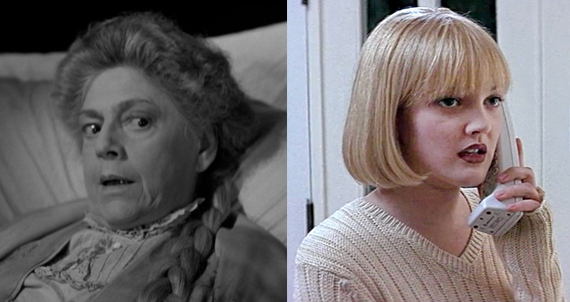
In horror parlance Ethel's "Mrs Warren" is no Victim or Final Girl but something like a cross between Psychic "Tangina" and overbearing monster mom... "Mrs. Norma Bates" ? Barrymore makes excellent use of her eyes and modulation of her voice but it's a very limited role consisting of essentially the same three point scene on repeat:
- Sassy Rudeness #ItsBarrymoreBitch
- Fade into Ill Health/Sleepiness
- Sudden Snap Back to Life for either:
a) Ominous Pronouncement: "There's been another murder hasn't there? No one told me. I always know everything."
or...
b) Direct Warning: "You're not safe here my dear. Leave this house at once."
The Spiral Staircase is something of a predictable dud now since horror movies have been so endlessly dissected, parodied, and Screamed in the last few decades and this is an old school blueprint -- the women here are always doing stupid things like walking into dark basements when they hear noises / feel a draft! -- but it's worth a watch for its quartet of Supporting Actress: domineering Ethel, put-upon fussbudget Sara, drunk funny Elsa and emotional hussy Rhonda Fleming. They all run circles around McGuire, a Damsel in Distress with only her muteness as a defining characteristic, but someone's got to keep your pulse up when you're watching a horror movie. Actresses to the rescue!... in the case of Ethel Barrymore, quite literally.



